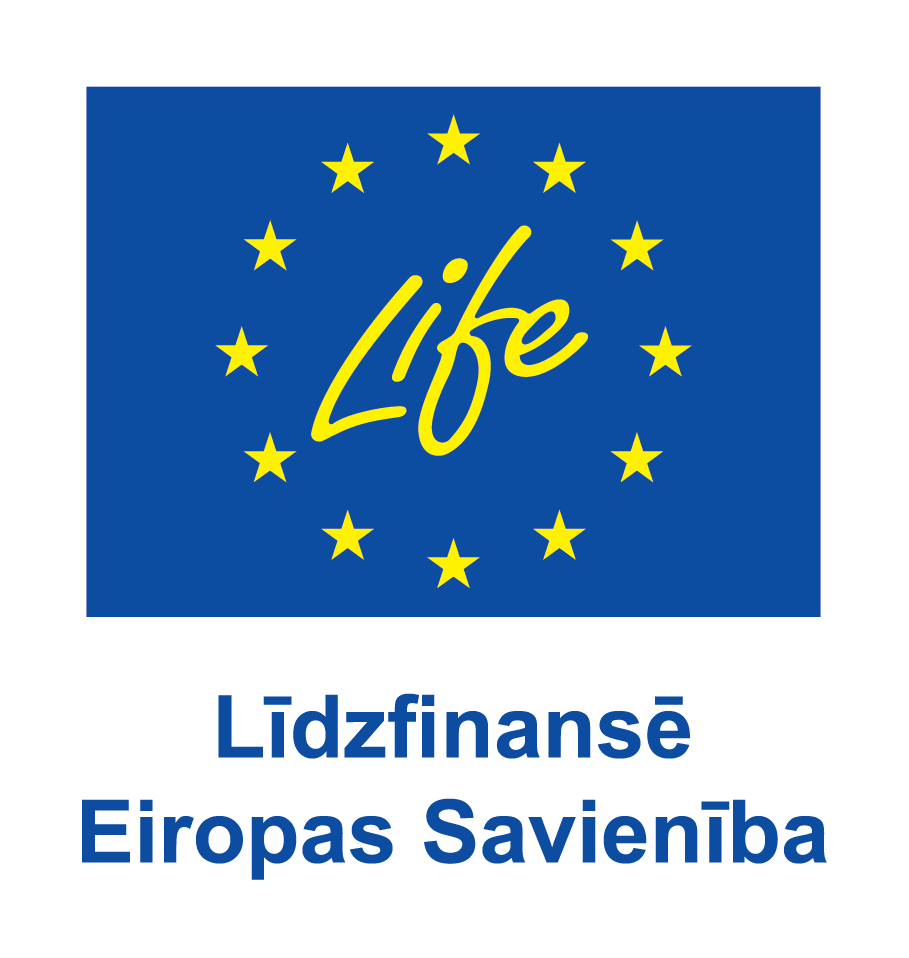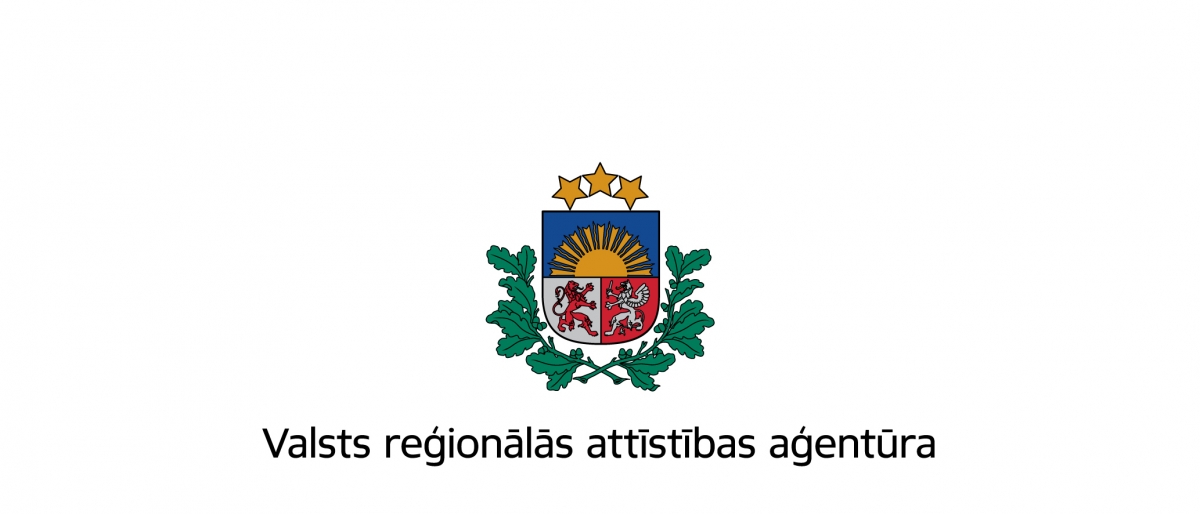| Project passport | |
| Project Duration | 1.09.2023.-31.08.2028. |
| Project Beneficiary | Latvijas Dabas fonds |
| Project Partners | Baltijas krasti |
| Project Funding | EU LIFE programme, State Regional Development Agency, Republic of Latvia |
| Project Location | Latvia |
| Project Manager | Laura Zvingule |
| Project Co-ordinator | Laura Zvingule |
| Project Contact Information | |
| Project Phone | +371 67830999 |
| Project Email | Project Email: |
| Project Address | Blaumaņa street 32-8, Rīga, LV - 1007 |
| Project Home Page | Project Home Page: |
The overall aim of the Project LIFE UpcyclingGrass is to develop, test and demonstrate a variety of innovative technological approaches for climate-smart management of grasslands and circular use of grassland biomass, combined with a business model and pathways for sustainable and economically competitive products for agricultural, horticultural and forestry use.
The general objectives of the project are:
• To substitute currently existing products made from non-renewable resources (for example, peat), which are associated with high life-cycle emission levels;
• To assess the impacts of the circular grassland management approach introduced in the project on climate change mitigation targets, biodiversity and local economies;
• To create an incentive-based mechanism to encourage individual actors to apply climate-smart agriculture practices and promote its integration into Common Agricultural Policy after 2027.
1. Implementation of CCM measures in the agriculture sector to reduce greenhouse gas (GHG) emissions in Latvia thus contributing to the specific objectives of LIFE Climate Action;
2. Sustainable management of remote grasslands with low economic but high nature value and lead to re-integration of the abandoned grasslands into the production cycle and tap into the major source of biomass for production of agricultural products;
3. Reducing the risks caused by climate change in the agricultural sector, as well as the negative environmental impacts of the agriculture sector by integrating adopted and scientifically proven technologies and business models for cascading usage of grass (hay) that is based on utilising the abandoned grasslands of high nature but low economic value at the same time increasing its capacity to store and sequester carbon and providing other sectors with renewable and circular bio-based materials;
4. Decreasin the harmful effects of agriculture, forestry, and land use on the climate and environment by replacing products like peat (with high life-cycle emissions levels) with renewable alternatives. The approach should be economically efficient, ensuring environmental benefits without hindering national economic development or international competitiveness. To develop and market new products from hay that can be produced locally and produce the following products during and after the project implementation: (1) Seedling substrate with grassland biomass; (2) Quick fertiliser from grassland biomass hay pallets; (3) Fertiliser made from bedding litter; (4) Fodder with direct-fed microbials for livestock farmers, diary and meat farms;
5. Development of proposals for integration of CCM-based land and soil management measures in policy planning documents to promote cooperation and networking opportunities under the Common Agricultural Policy on a legal and practical recommendation level, thus fostering climate-friendly land management practices with additional rewards for relevant adaptation or biodiversity co-benefits, while ensuring the protection of carbon-rich soils and promoting carbon sequestration in mineral soils;
6. Development of direct financial and nonfinancial incentives and support schemes for the adoption of climate-friendly practices and promotion of land-based mitigation action at the level of individual actors in the land sectors, thus encouraging farmers and foresters to act towards EU Climate neutrality objectives in the AFOLU sector;
7. Testing new monitoring methods for accurately assessing greenhouse gas emissions from grasslands. This will help identify and demonstrate the effectiveness of innovative CCM technologies in the Baltic Sea region and the EU. The goal is to ensure that the results, achieved under the LIFE Climate Action program, can be replicated, transferred, and scaled up for better grassland management;
8. Supporting investments in bioeconomy innovations and new biomass-based products’ development, including expanding production efficiency, creating new businesses, developing infrastructure, and enhancing branding and marketing efforts. This supports Latvia's bioeconomy strategy by promoting more efficient use of grasslands, currently underutilized for high-quality natural production, increasing added value, and optimizing land and soil management;
9. Fostering partnerships among various stakeholder groups and key enablers to support wider uptake of climate-smart land and soil management practices in agriculture and providing tools to encourage their collaboration and engagement;
10. Carrying out innovative dissemination, awareness raising and training activities to improve the knowledge base among the stakeholders for the development, assessment, monitoring, evaluation and implementation of effective CCM measures for circular and climate-smart management practices for grasslands and to enhance the capacity of national and local authorities to apply the knowledge in practice.
1. Sustainable and climate-smart grassland management practices implemented on farmlands thus increasing the efficiency of the land and soil use and management to reduce GHG emissions;
2. During the project implementation, the reduced amount of CO2 emissions due to substitution of non-renewable feedstocks with biomass from biologically valuable grasslands and implementation of more efficient production technologies will reach 115 ktons CO2 eq. per year in LULUCF sector and various sources in the industry and energy sector, specifically;
3. Increased the amount of captured and stored carbon as a result of production of developed products due to partial substitution of peat with grassland biomass;
4. More accurate assessment of CCM effects of implemented soil and land management measures through developed and tested methodology to contribute to country-scale GHG emission accounting and estimates;
5. Reduced fertiliser use on agricultural lands and nutrient loss from fertiliser use;
6. Increased production rate of currently unused agriculture land areas by more efficient use;
7. At least four new products from pelletized and comminuted biomass as feedstocks for fertilisers and husbandry food additives developed, tested and put on local and international market: (1) Seedling substrate with grassland biomass; (2) Quick fertiliser from grassland biomass hay pallets; (3) Fertiliser made from bedding litter; (4) Fodder with direct-fed microbials for livestock farmers, diary and meat farms;
8. Collaborative participation and engagement of stakeholders in the whole production cycle established and promoted;
9. Proposal for support of climate-smart management of grasslands elaborated and presented to the stakeholders as a direct incentivising mechanism;
10. Recommendations for results-based support mechanisms developed and institutional dialogue promoted for adoption of climate-smart land management practices at a policy level.


